Contents
Summary
We use plain language to help people to understand the services and content we create and publish in DfE.
Categories
The categories applicable to this standard are:
- User-Centred Design and Accessibility
-
- Accessibility
- Content Design
Purpose
Plain language can help to improve a user’s understanding of the content they are reading.
It ensures wider accessibility needs are considered, making services inclusive and usable for everyone.
This reduces barriers for people who have:
- lower levels of literacy
- difficulties reading
- difficulties understanding content
- English as an additional language
The use of plain language ensures fair access to information. It makes content easier to understand for everyone. It can also help to reduce the users’ need for additional support, which can save the user time and the department money.
This supports meeting Service Standard 1: understand users and their needs.
How to meet this standard
The plain language standard ensures that all content is designed so users can:
- find the information they need
- understand what they find
- act on what they understand
To do this, you must:
- learn about your users and what they need through research. Then adapt your content to them
- use the language your users use
- focus on using simple words and follow guidance for writing for GOV.UK
- follow the GDS style guide, DfE digital style guide, and DfE style guide (opens DfE intranet)
- use an active voice (opens DfE intranet) and short sentences
- avoid jargon and complex terms and only use when necessary, then explain their meaning
- write content with clear headings and structure
- provide what the user needs at the point where they need it
- test content to ensure it meets users’ needs
- work with other content designers to review and improve your drafts
- use Service Standard 5: Make sure everyone can use this service to guide your content
You can use the related guidance and tools to help you meet this standard.
When to meet this standard
This standard must be applied to all Digital, Data and Technology services, including digital products, websites and non-digital channels.
You may also find it helpful to use the standard when creating any other content for the department.
If you are unclear, seek advice of one of the plain language champions. To do this, you can ask a question in the DfE content Slack channel and add #plainlanguage or email DesignOps at design.ops@education.gov.uk.
Owner and contacts
- Standard owner
-
Andy
Jones
Head of Profession - Design - Other point of contact
-
Kerry
Lyons
Senior Content Designer

